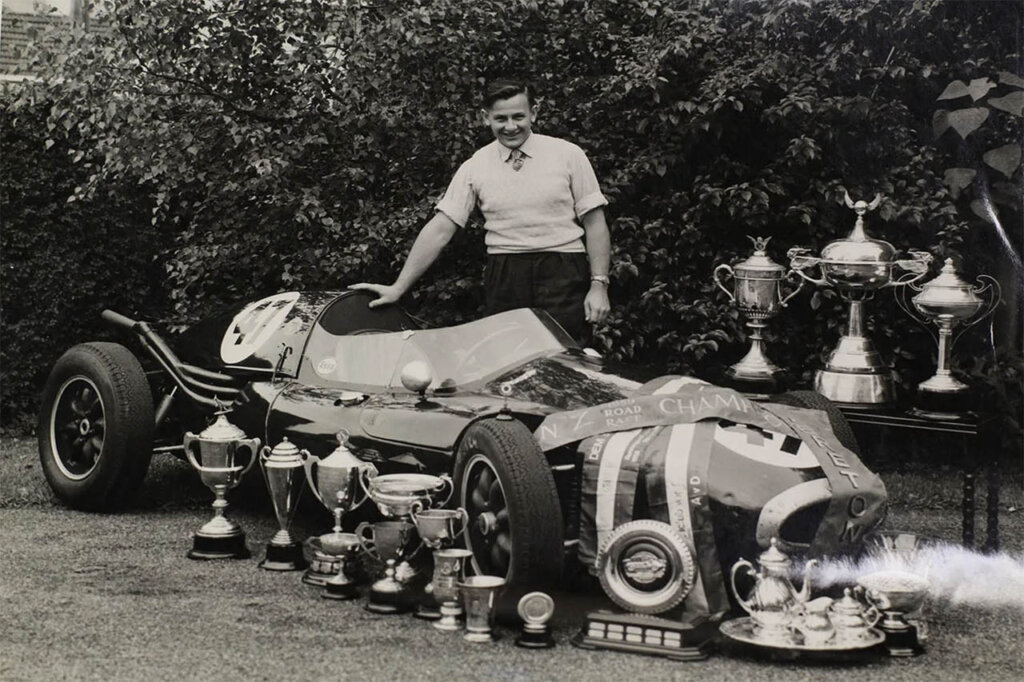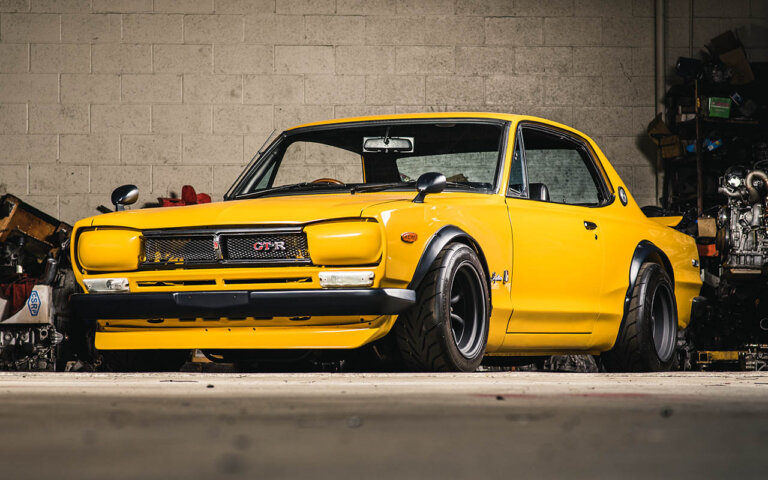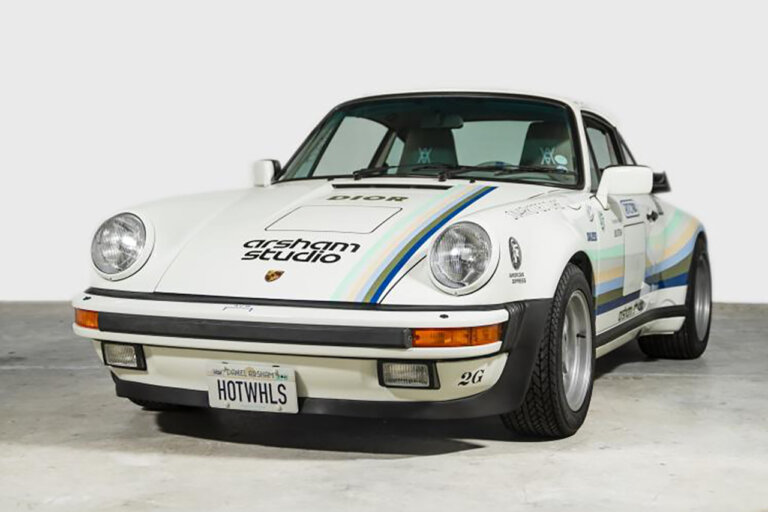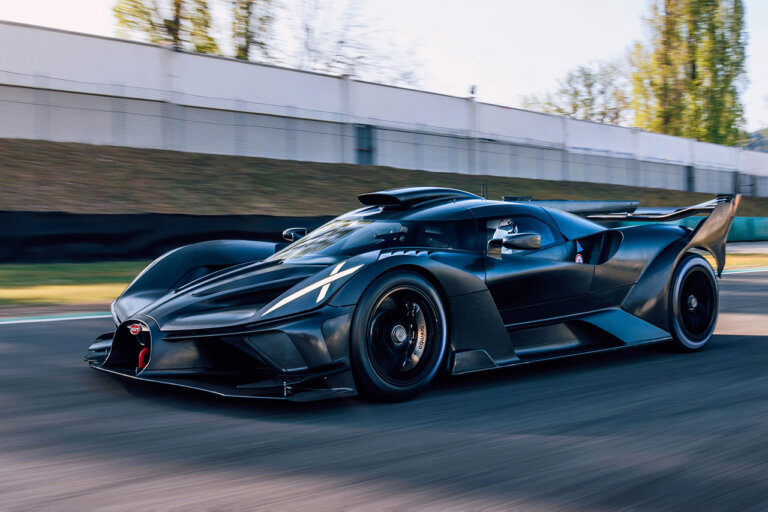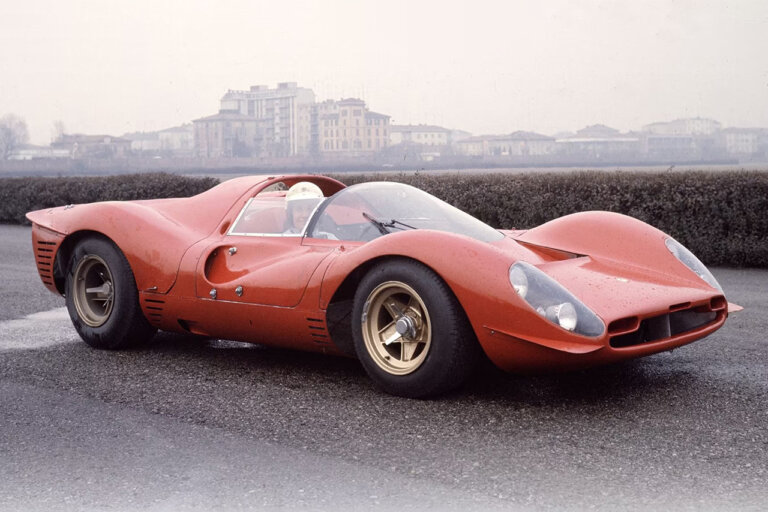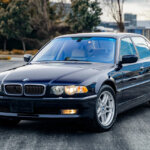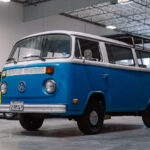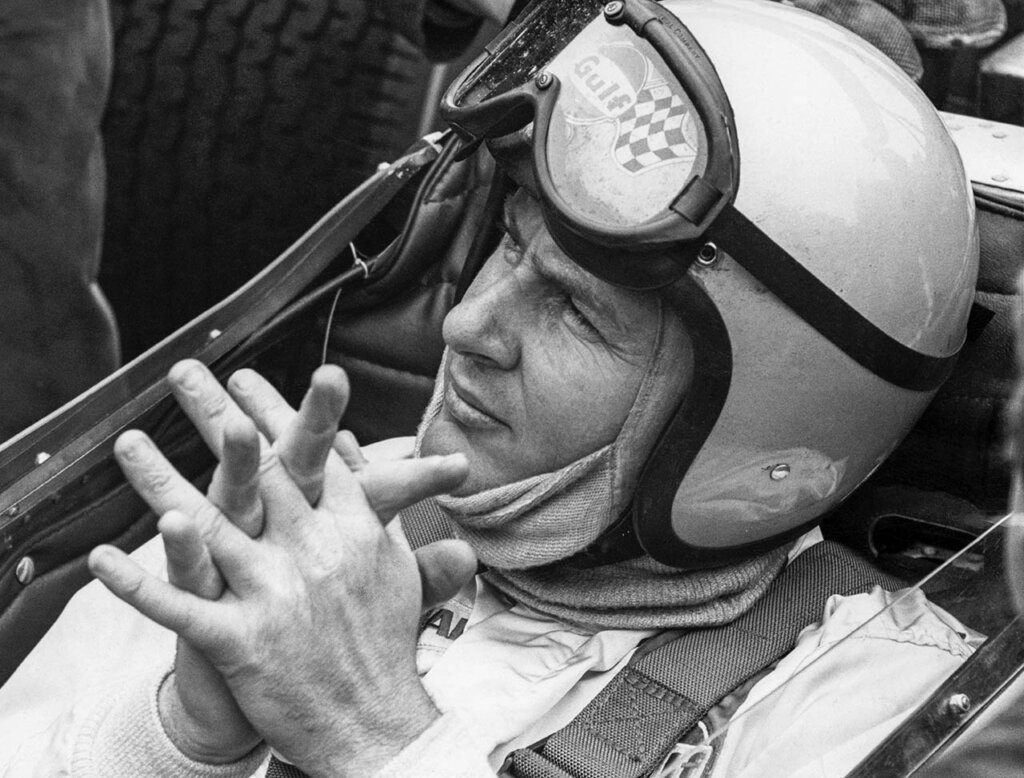
Source: McLaren Press Room
A reputation known for consistency and automotive engineering, Bruce McLaren was no doubt one of motorsport’s most dominant racing drivers. McLaren’s journey from a young racing enthusiast to a legendary Formula 1 driver and the founder of one of the most successful racing teams in Formula One History created a motorsports legacy like no other. As we dive into the remarkable life and story of Bruce McLaren, we discover a man whose innovative spirit and unyielding dedication forever changed the landscape of motorsport.
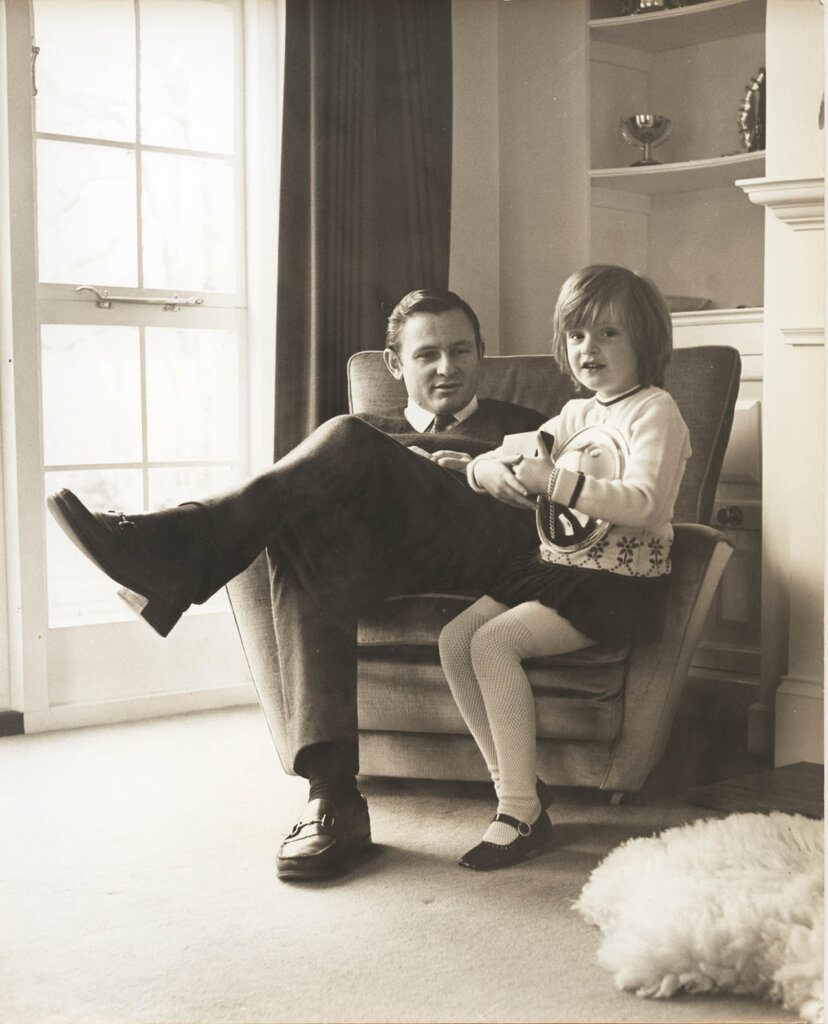
Source: McLaren Press Room
Early Life
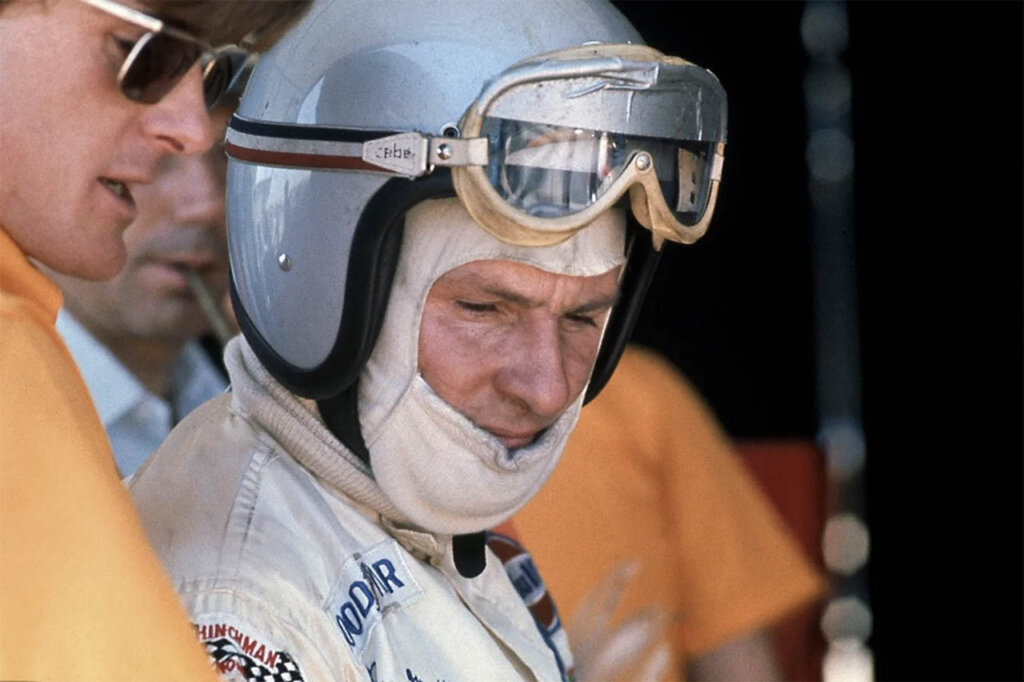
Bruce McLaren was a native of Auckland, New Zealand, where he began his early education at Meadowbank Primary School. At the age of nine, Bruce McLaren suffered a life-altering disease called Perthes disease, affecting his hip and causing one leg to be shorter than the other. Raised by his parents, Les and Ruth McLaren, in Remuera, Auckland, the McLaren family owned a service station and workshop on Remuera Road. Bruce’s father, Les, initially a motorcycle racing enthusiast, transitioned to car racing at the club level after sustaining an injury prior to Bruce’s birth. It was within the confines of this family workshop that Bruce McLaren spent countless hours during his youth, nurturing his burgeoning passion for all things automotive.
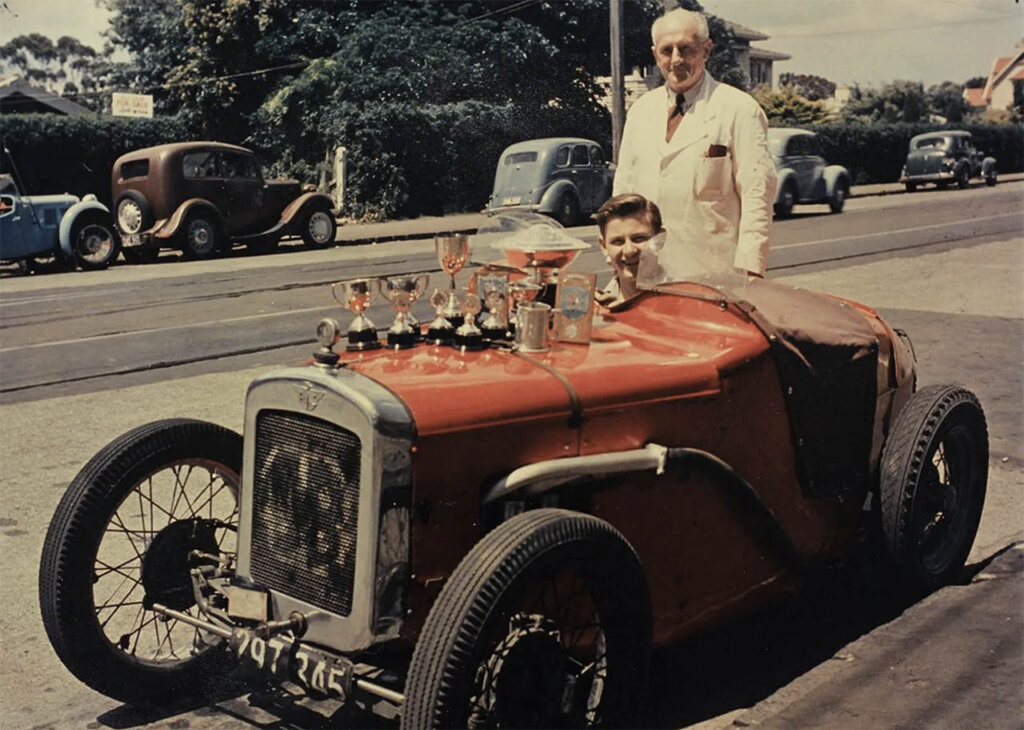
Source: McLaren
It wasn’t until 1952 when Bruce McLaren got a true taste of motorsports racing. His father restored an Austin 7 Ulster for 14-year old Bruce to enter his first competition, a hillclimb. Over the following two years, McLaren’s rising talent and potential became increasingly evident as he transitioned from hillclimbs to his first official race. His journey of progression saw him trade the Austin for a Ford 10 special, and later an Austin-Healey, before making the leap to a Formula Two (F2) Cooper-Climax sports racing car. Bruce’s penchant for modification, improvement, and mastery of his vehicles was apparent, culminating in his impressive achievement as the runner-up in the 1957–58 New Zealand championship series.
Grand Prix
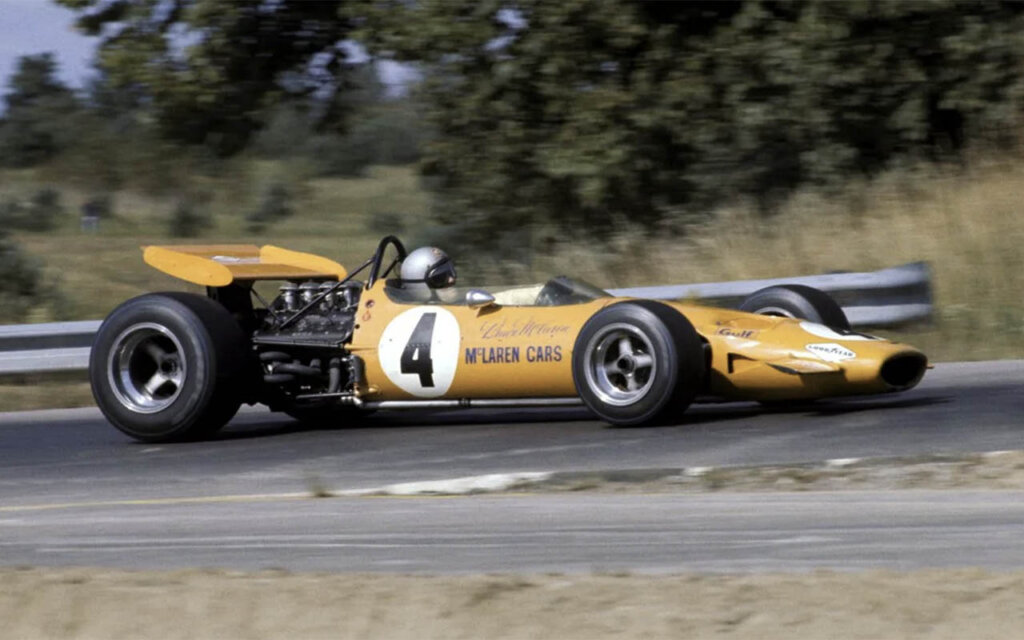
Bruce McLaren’s journey through the world of motorsport was punctuated by remarkable achievements and pioneering moments. In 1958, his breakout performance at the New Zealand Grand Prix caught the eye of Australian driver Jack Brabham, who would later extend an invitation to McLaren to join forces. Recognizing Bruce’s immense potential, the New Zealand International Grand Prix organization selected him as the inaugural recipient of their ‘Driver to Europe’ initiative. This program aimed to provide promising Kiwi drivers with year-round exposure to the world’s top racing talents. McLaren embraced this opportunity and embarked on a seven-year adventure with Cooper, competing in Formula 2 (F2) and even making an unforgettable appearance at the German Grand Prix at the Nürburgring, where F2 and F1 cars shared the track. Astonishingly, he clinched the position of the first F2 car and an impressive fifth overall in a field composed of the finest drivers worldwide.
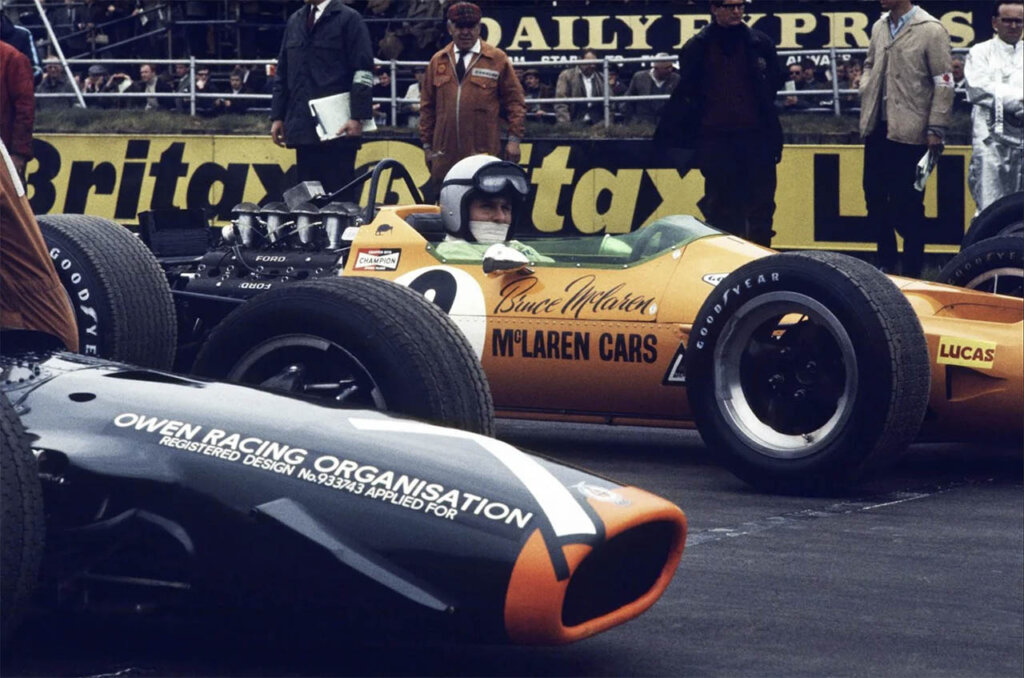
In 1959, McLaren’s ascent continued when he joined the Cooper factory Formula 1 team alongside Jack Brabham. At just 22 years and 104 days old, he secured victory at the 1959 United States Grand Prix, becoming the youngest-ever Grand Prix winner at that time (excluding the Indianapolis 500). This record remained unbroken for over four decades until Fernando Alonso’s triumph at the 2003 Hungarian Grand Prix. McLaren continued to impress in the following years, securing a win in the Argentine Grand Prix to kick off the 1960 Formula One season and finishing as the runner-up to Brabham in the championship that year.
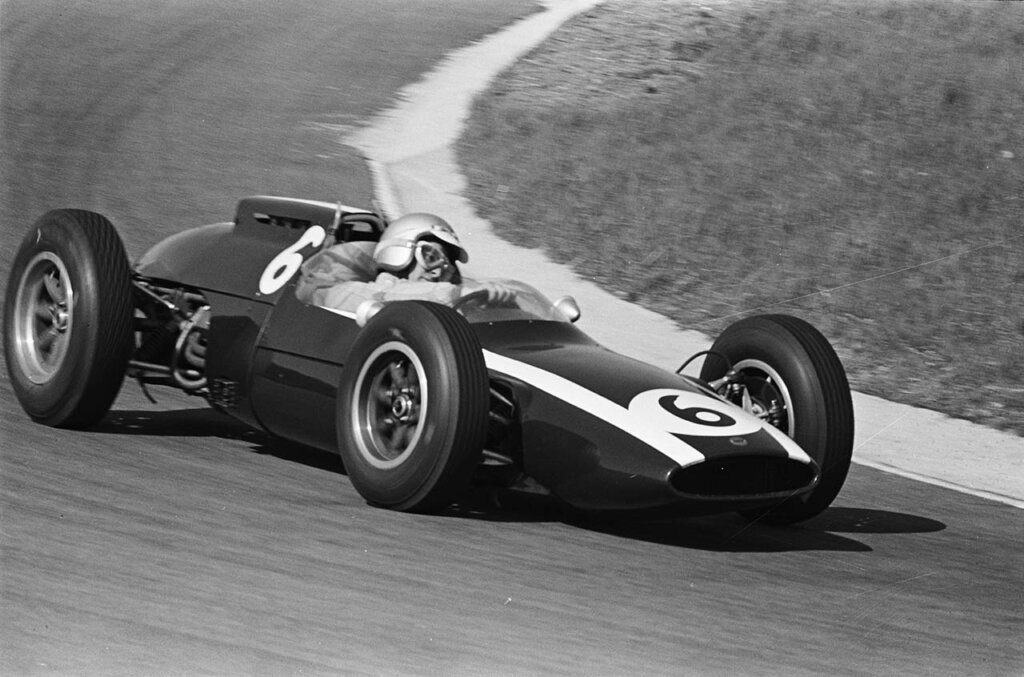
As Bruce McLaren’s star continued to rise, he claimed a memorable victory at the 1962 Monaco Grand Prix and secured a commendable third-place finish in the championship. In the subsequent year, he established Bruce McLaren Motor Racing Ltd, a name that would become synonymous with Formula One and is still recognized today as McLaren. Departing from Cooper at the end of 1965, McLaren announced the formation of his own GP racing team, eventually joined by fellow Kiwi Denny Hulme, who had previously clinched the world championship in 1967 with Brabham. Together, they achieved remarkable success, including McLaren’s fourth career win in his own McLaren car at Spa in 1968, marking the team’s first Grand Prix victory.
